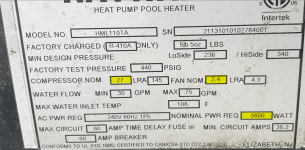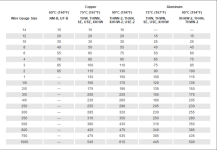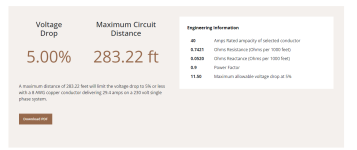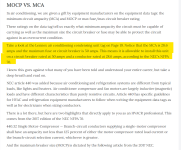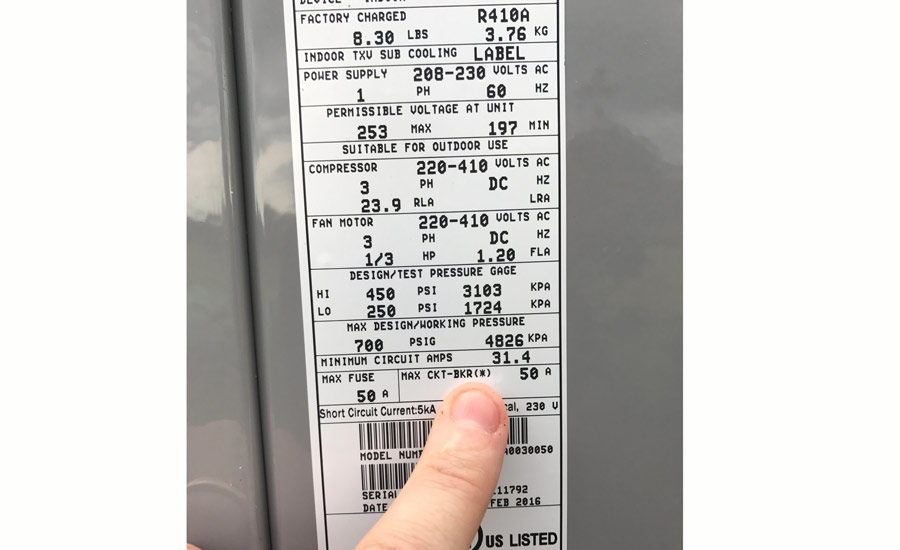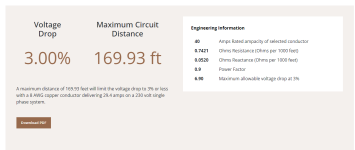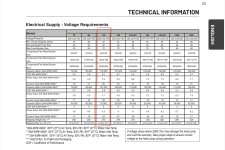MOCP VS. MCA
In air conditioning, we are given a gift by equipment manufacturers on the equipment data tags: the minimum circuit ampacity (MCA) and MOCP or max fuse/max circuit breaker rating.
These ratings on the data tag tell us exactly what minimum ampacity the circuit must be capable of carrying as well as the maximum size the circuit breaker or fuse may be able to protect the circuit against in an overcurrent condition.
Take a look at the Lennox air conditioning condensing unit tag on Page 19.
Notice that the MCA is 28.6 amps and the maximum fuse or circuit breaker is 50 amps.
This means it is allowable to install this unit on a circuit breaker rated at 50 amps and a conductor rated at 28.6 amps, according to the NEC’s NFPA 70.
I know this goes against what many of you have been told and understood your entire career, but take a deep breath and read on.
NEC article 440 was added because air conditioning and refrigeration systems are different from typical loads, like lights and heaters. Air conditioner compressor and fan motors are largely inductive (magnetic) loads and have different characteristics than purely resistive circuits. Article 440 has specific guidelines for HVAC and refrigeration equipment manufacturers to follow when writing the equipment data tags as well as for electricians when sizing conductors.
View attachment 514180
Over and over again, I have heard HVACR technicians and electricians quote rules of thumb regarding wiring sizing, and I have witnessed and participated in many heated debates on the topic.

www.achrnews.com


